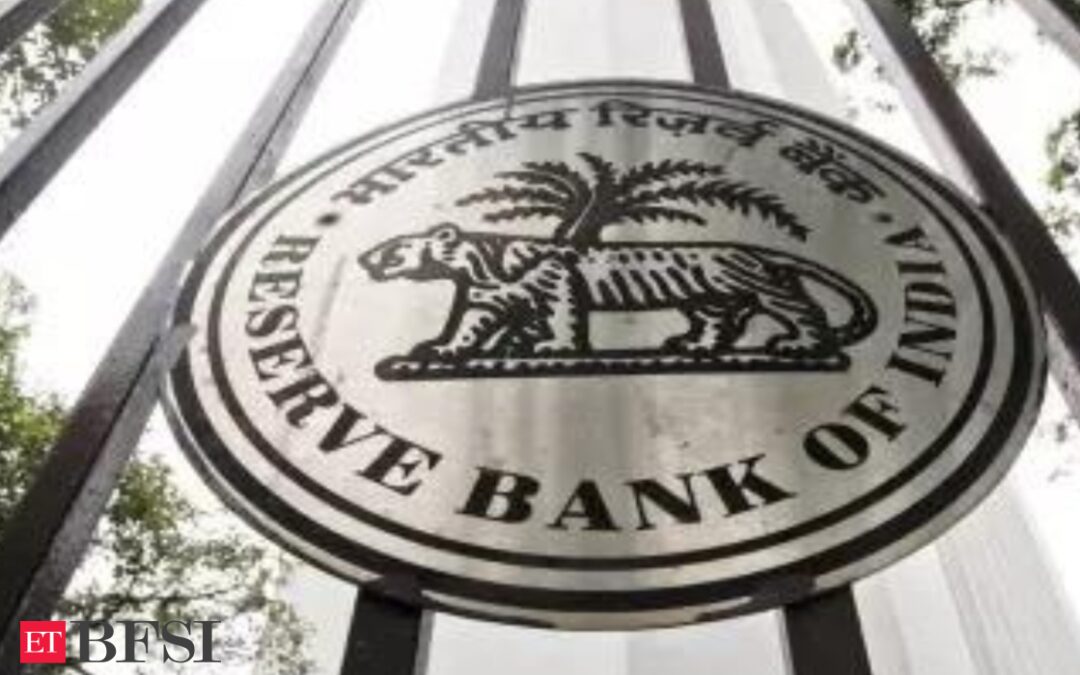The Reserve Bank of India (RBI) has directed banks and Non-Banking Financial Companies (NBFCs) to offer an option to borrowers with floating-rate loans. This option allows borrowers to switch to fixed-rate interest rates during the loan reset, following the institutions’ board-approved policies. Furthermore, borrowers can choose to increase Equated Monthly Instalments (EMIs), extend the loan tenure, prepay the entire amount, or a portion of it, at any point during the loan tenure. The RBI’s notification on August 18, 2023, outlined these directives, stating that any foreclosure charges or pre-payment penalties would adhere to existing guidelines.The directive aims to ensure that extending the loan tenure does not lead to negative amortisation. This move is anticipated to alleviate the financial strain faced by borrowers of home, auto, and other loans due to high interest rates.
The rationale behind these measures is to address concerns stemming from consumer grievances related to the elongation of loan tenures and EMI increases without proper communication or consent from borrowers. To tackle these issues, the RBI is advising regulated entities to implement a policy framework that meets the outlined requirements for compliance.
The directives
Banks and NBFCs have until December 31, 2023, to extend these options to both existing and new loan borrowers. The RBI emphasised that all existing borrowers should be informed of the available choices through appropriate communication channels.
Additionally, the RBI mandated that banks and NBFCs inform borrowers about the impact of changes in benchmark interest rates, as well as alterations in loan EMIs or tenure. Any increase in loan EMIs or tenure must be promptly communicated to borrowers through suitable mediums such as messages and emails.
The RBI further stipulated that banks and NBFCs must disclose any service charges or other fees associated with switching from floating rates to fixed rates. These details should be transparently mentioned in the loan sanction letter and during any revision procedures.
These regulations apply to all equated installment-based loans of varying periodicities. In cases where loans are linked to an external benchmark under the External Benchmark Lending Rate (EBLR) framework, banks must adhere to existing instructions and establish robust information systems for monitoring benchmark rate changes and their impact on lending rates.
Regulated entities, including banks and NBFCs, are required to provide borrowers with a quarterly statement that includes details such as principal and interest recovered, EMI amount, remaining EMIs, and the annualized rate of interest for the entire loan tenure. These statements should be straightforward and easily comprehensible to borrowers.










